Yolanda Jiménez, Milica Tamamovic
Urban Nature
Our project is based in the village of Orchimont, in the commune of Vresse-sur-Semois, south of Belgium. The village is known for its steep topography and its link to nature. Our line of focus is therefore New Ruralities, and how we can adapt this peculiar morphology to the actual ways of interacting with nature and creating community.
How and where do we invest communal space in rural villages?
In the case of Orchimont, a church and a bread oven show the traces and the need for communal living. Currently they don’t attract many users, our project aims to offer a series of terraces to improve the programs that already exist and to connect them together. In an area where most of the transportation is done by car, and no nature is available for humankind, a pilgrimage is thought out to reinforce and magnify the visitor’s relationship to their surroundings.
Connected by ramps or stairs, the different terraces produce spaces to play, eat and meet while adapting to the important topography of the site. Each one has an added structure that imitates the typology of tobacco dryers, reinterpreting a symbolic element of the site and serving as a tool for connecting to nature and hosting the different activities.
We highlight the second terrace, which is considered the centre of the project. The existing bread oven is extended, creating a community kitchen which can be used for hosting cooking workshops, communal activities and more. A play on materiality in respect to the soil would bring out local and traditional materials in a dynamic way.
In this way, we offer an alternative way to go up the slope, but also provide the village with a new and invested public space, with the church as a final destination and viewpoint to the village bellow. Ultimately, the functions become embedded in the landscape. The project hopes to bring back community, togetherness, and appreciation for nature.

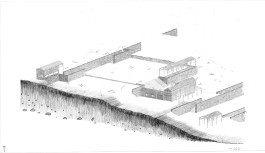
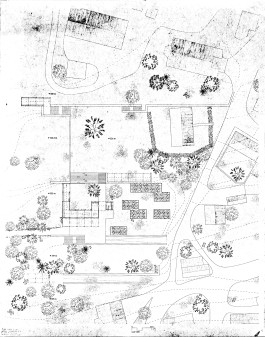
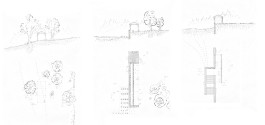
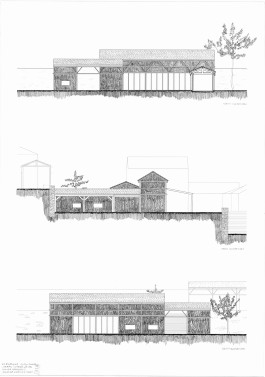
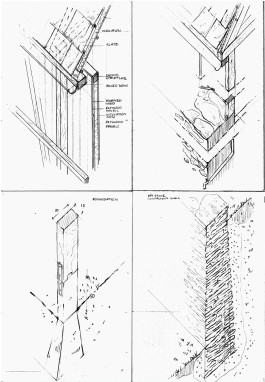
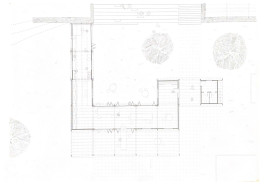

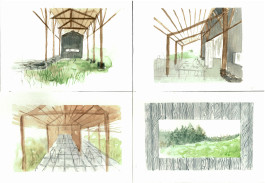

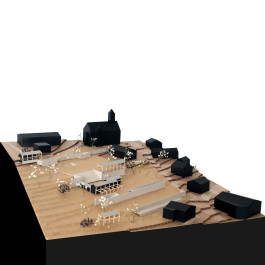
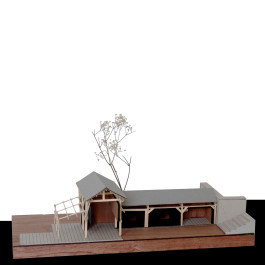
Yolanda Jiménez, Milica Tamamovic
Urban Nature












Our project is based in the village of Orchimont, in the commune of Vresse-sur-Semois, south of Belgium. The village is known for its steep topography and its link to nature. Our line of focus is therefore New Ruralities, and how we can adapt this peculiar morphology to the actual ways of interacting with nature and creating community.
How and where do we invest communal space in rural villages?
In the case of Orchimont, a church and a bread oven show the traces and the need for communal living. Currently they don’t attract many users, our project aims to offer a series of terraces to improve the programs that already exist and to connect them together. In an area where most of the transportation is done by car, and no nature is available for humankind, a pilgrimage is thought out to reinforce and magnify the visitor’s relationship to their surroundings.
Connected by ramps or stairs, the different terraces produce spaces to play, eat and meet while adapting to the important topography of the site. Each one has an added structure that imitates the typology of tobacco dryers, reinterpreting a symbolic element of the site and serving as a tool for connecting to nature and hosting the different activities.
We highlight the second terrace, which is considered the centre of the project. The existing bread oven is extended, creating a community kitchen which can be used for hosting cooking workshops, communal activities and more. A play on materiality in respect to the soil would bring out local and traditional materials in a dynamic way.
In this way, we offer an alternative way to go up the slope, but also provide the village with a new and invested public space, with the church as a final destination and viewpoint to the village bellow. Ultimately, the functions become embedded in the landscape. The project hopes to bring back community, togetherness, and appreciation for nature.